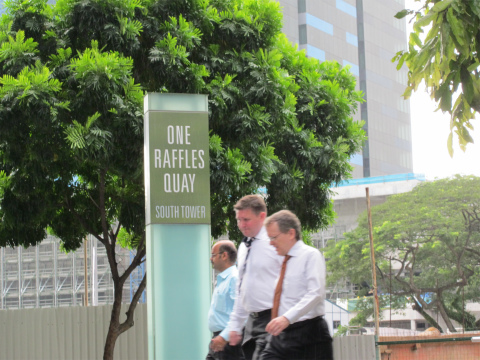Australian Expansion Australia as Asia
Australian Expansion Australia as Asia
I stayed in Perth and Melbourne for a week. Before that, I stayed in Jakarta and Bali (Indonesia), so I could understand the difference.
I visited Perth to research properties for opening a new store in Perth, hold meetings with partners who are expanding their business in Australia, visit business partners, and so on. Perth is the largest city in Western Australia. The population is 2.3 million. Perhaps it is because of its large area, but it is a very lonely city with a population of 2.3 million. The CBD (Central Business District) is very small and you can walk around it. Retail stores close at 6:00 p.m. and most restaurants close at 8:00 p.m. Most restaurants close at 8 p.m. and many stores close at 6 p.m. There are only a limited number of shops where you can buy alcohol. The CBD area is also deserted at 8 pm. There are a couple of food streets where people gather at night. Food and alcohol. Unlike in Asia, there are almost no malls. Japanese food is still scarce, and interesting development could be achieved by narrowing down the location and target market. We also checked several target stores that should be benchmarked.
Melbourne, which had its functions until the capital moved to Canberra, has a population of just over 4 million. In a few years, Melbourne will overtake Sydney to become the largest city in Australia. This city also has the image of a city of 500,000 to 600,000 people in the Japanese urban sense.
This city also has a huge Asian population. The size of Chinatown is not comparable to Perth. The CBD area is larger than Perth. There are many department stores. There are many Asian stores.
The common factor between the two cities is the large Asian population. Perth is only a 4.5-hour flight from Jakarta. It is very close to Asia.
Naturally, there is also a Chinatown and many Japanese and Korean students. Especially, the large Asian population in Melbourne is remarkable, and when I walk around the CBD area, I see many Asians all the time, which is hard to believe that I am in Australia.
Chinese food, Korean food, Japanese food, and so on. Restaurants are also full of Asian food.
Both Perth and Melbourne are highly rated in the annual ranking of the world's most desirable and livable cities.
In terms of ramen, Kyushu's Ikkosha has four restaurants under the name of Hakata Gensuke. Both Bankara Ramen and Ajisen Ramen have also opened stores in the city.
When I visited the stores, I found that the majority of the customers were Asian. Australians, or Westerners, account for less than 20%.
As food culture changes, Westerners may come to prefer Japanese food, Japanese-style food, ramen, etc., but for now, the stores seem to cater to Asians.
It depends on the type of business you are developing, but the key to developing a business like ramen is the number of Asians in the city.
I would like to find out the Asian population in each city.
The cities that I have visited in the past that are similar in terms of large Asian populations are Perth, Melbourne, Auckland (New Zealand), and Vancouver (Canada).
Vancouver (Canada).
In all of these cities, the type of business that Asian people like is very popular. Recently, Ajisen Ramen opened a restaurant at the airport in Milan, Italy. The company is opening a store in an airport terminal with many Asian flights.
I think this is a good strategy.
When expanding Japanese food to the rest of the world, it is good to target local people, but in this case, it is necessary to educate people to eat Japanese food they have never eaten before.
If Japanese food is displayed in supermarkets, it is unlikely that people will buy it on their own. It is very rare for people to buy food they have never eaten before from supermarket shelves.
The reverse is also true: if a supermarket in Japan were to display unfamiliar foods from unfamiliar countries, people would not buy them.
Asian people have a great deal of knowledge about Japanese food, so one strategy is to start there.
How many Asians live in the area? Which countries do most of them come from? I think this is a very important perspective.
Akira Tsuchiya, AssentiaHoldings Pte.
→ My facebook


